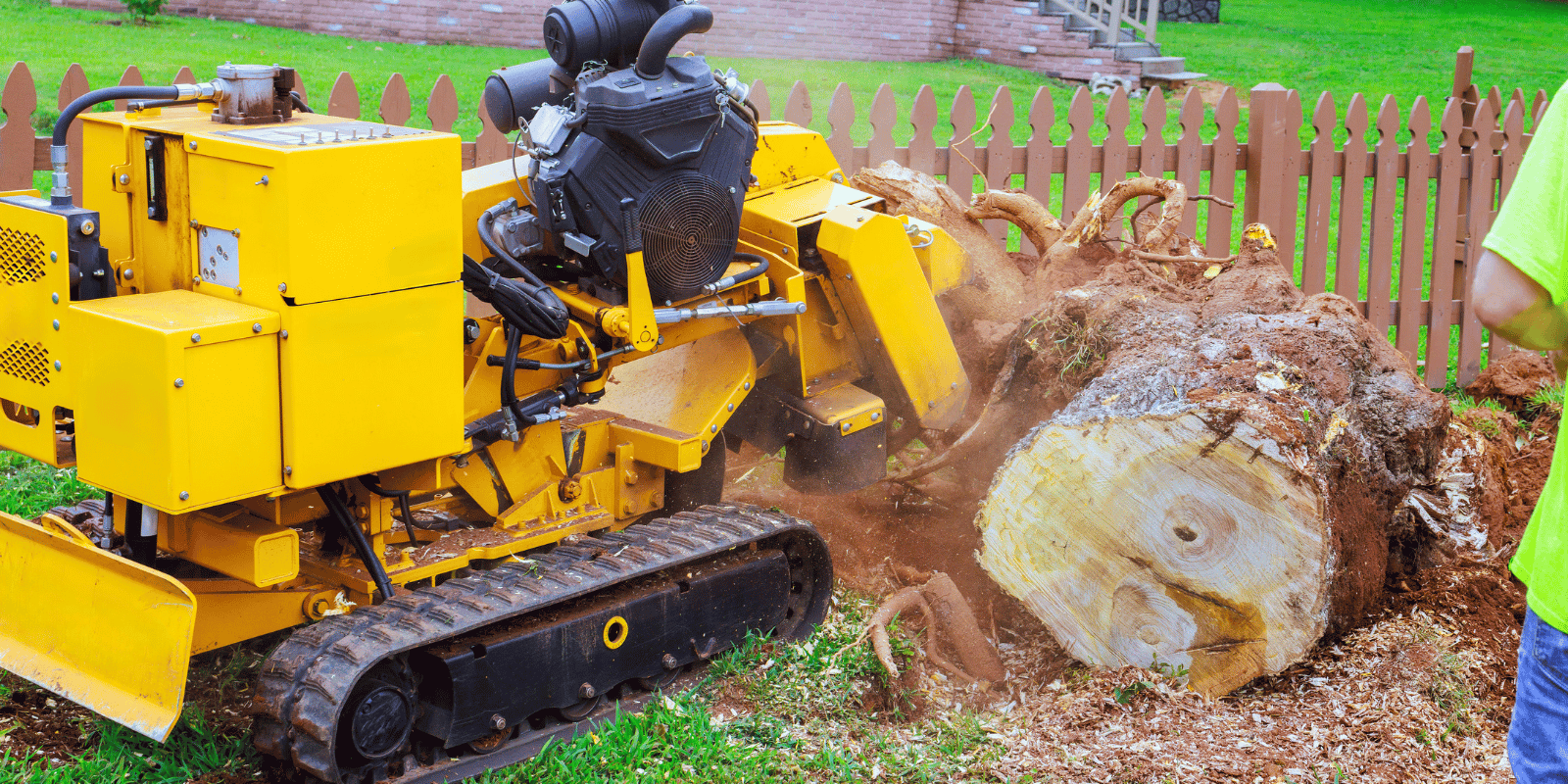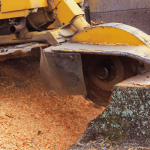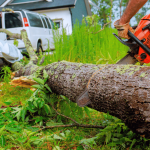Sawing the palm tree at the stump might sound like a hard labor, but with the right equipment and technique, even a DIY person can accomplish this task. You may be in the process of clearing your yard, doing new landscaping, or just getting rid of an old or dead palm tree stump; whatever the reason, it is important to know how to do it safely and efficiently.
In this article, we will take you through all that you need to know including preparation and cleaning.
Why Remove a Palm Tree Stump?
Before diving into the process, it’s important to understand why removing a palm tree stump is worth the effort:
- Eliminates the pest infestations (such as termites or beetles)
- Eradicates the risk of tripping
- Reserves land for landscaping or building
- Improves curb appeal
- Inhibits regeneration of certain species
Tools and Materials You’ll Need
You may require part or all of the following depending on the method you have picked:
- Shovel
- Pickaxe or mattock
- Chainsaw (optional)
- Drill with large bit
- Epsom salts or stump remover chemicals
- Axe or hatchet
- Stump grinder (available for rent in the hardware stores)
- Garden hose or pressure washer
- Protective equipment (goggles, steel-toe shoes, etc.)
Understanding Palm Tree Stumps
The rooting system of palm trees is fibrous, which is shallow in comparison to other trees. Although this may simplify the task of removing the stumps, the hardwood density and the manner in which roots are distributed may also be a problem. The size and depth of the stump will be known, and this will assist you in selecting the best method of removal.
Methods to Remove a Palm Tree Stump
Disposing a palm tree stump can be done in many ways and the most appropriate one is determined by your budget, the tools you have, and the speed you require.
Manual Removal (Best for Small to Medium Stumps)
Step-by-Step:
Dig Around the Stump
Dig around the stump with a shovel exposing the roots. You may need to go 12-24 inches deep.
Cut the Roots
Cut through the roots that have been revealed with a pickaxe, saw, or an axe. For palm trees, the roots consist more of thick fibers than wood.
Loosen and Pull
Once the roots have been cut off, wiggle the stump. If that does not help to move it, keep digging and chopping more roots.
Remove the Stump
When it is loose enough, pry it out with your hands, or drag it away with a truck (this is a tricky process, so don’t do it unless you are sure your stump is small and your truck can bear the weight).
Pros:
- No chemicals involved
- Low cost
Cons:
- Time-consuming
- Physically demanding
Chemical Removal (Low-effort Method Over Time)
Chemicals can accelerate the natural decomposition if you do not mind waiting a couple of weeks.
Step-by-Step:
Drill Holes
Scuttle (drill 1-inch or more) a few holes into the top and sides of the stump (at least 10 inches deep and 1 inch or more across).
Apply Chemical
Put stump removal product or Epsom salt (magnesium sulphate) into the holes. Rock salt should be avoided since it may destroy adjacent soil.
Add Water and Cover
Add water into the holes so that the chemical can take effect. Wet the stump, and cover it with a tarp to protect it from air.
Wait and Check
Over the next several weeks, the stump will become soft. It can be disaggregated with an axe or a shovel as it decays.
Pros:
- Low physical effort
- Budget-friendly
Cons:
- Takes weeks or even months
- Will not be removed in a short amount of time
- May not kill the roots at all
Stump Grinding (Best with Large or Tough Stumps)
A palm tree stump can be removed in a fast and effective manner by renting a stump grinder.
Step-by-Step:
Rent a Stump Grinder
Go to your local Home Depot or Lowe’s, rent a stump grinder, and allow a day to work with it.
Prep the Area
Clear any rocks and debris near the stump. Wear protective gear.
Grind the Stump
Use the equipment according to the instructions to cut the stump to a minimum of 4-6 inches beneath the ground level.
Clean Up
Take away the debris, and cover up the hole with soil or mulch.
Pros:
- Fast and efficient
- Professional-grade results
Cons:
- Equipment rental cost
- To be safe, some experience is necessary
Burning the Stump (Legal Considerations Apply)
Burning is an archaic practice that must be used only in areas where fire codes in the area allow it.
Step-by-Step:
Check Regulations
Ask your local fire office or city office to ensure that it is legal.
Drill Holes & Add Fuel
Punch holes on the stump and pour kerosene or fuel oil (not gasoline) into the holes.
Let it Soak
Let the fuel soak in for 24-48 hours.
Ignite Carefully
Light the stump and watch it burn till the end.
Extinguish and Clean
Extinguish the flame, and get rid of the ashes.
Pros:
- Effective for dry, old stumps
- No heavy lifting
Cons:
- Fire risk
- Legal restrictions
- Not secure in dry regions or around buildings
Aftercare: What to Do Once the Stump is Gone
After removing the stump, finish up by doing the following:
Fill the Hole
Fill in the area with soil, mulch, or a combination of the two. Compact to prevent sinking in the future.
Add Grass or Plants
Whatever you have planned in landscaping, resow it or plant it.
Monitor for Root Regrowth
Palm trees do not normally regenerate on stumps, but certain species may. Keep an eye on sprouts and take them off immediately if you see them.
When to Call a Professional
When the stump is large, near your house, or when you are in a hurry, then it may be wise to contact a professional tree removal service. The removal of the entire stump will be carried out safely and many even provide cleaning services.



